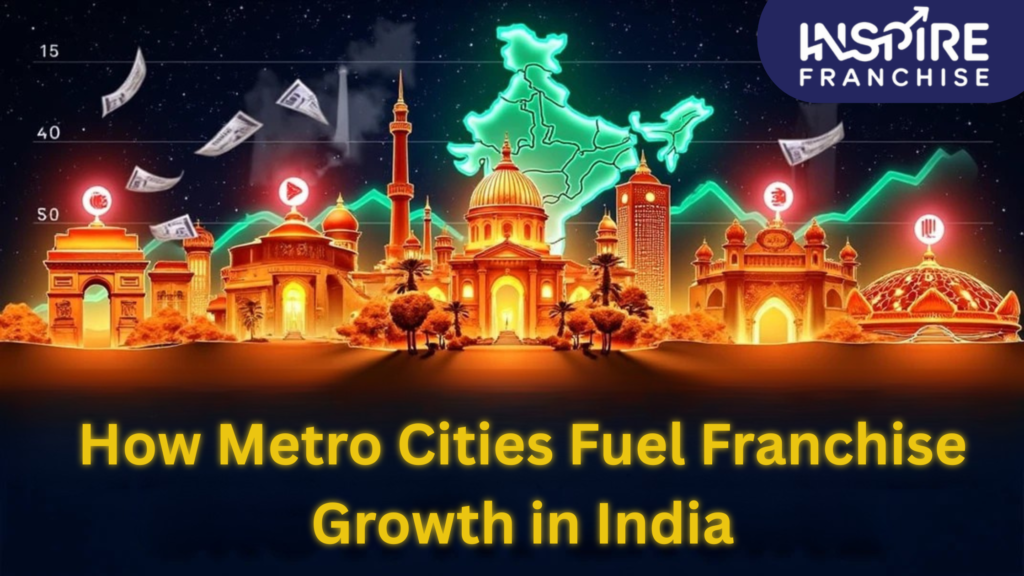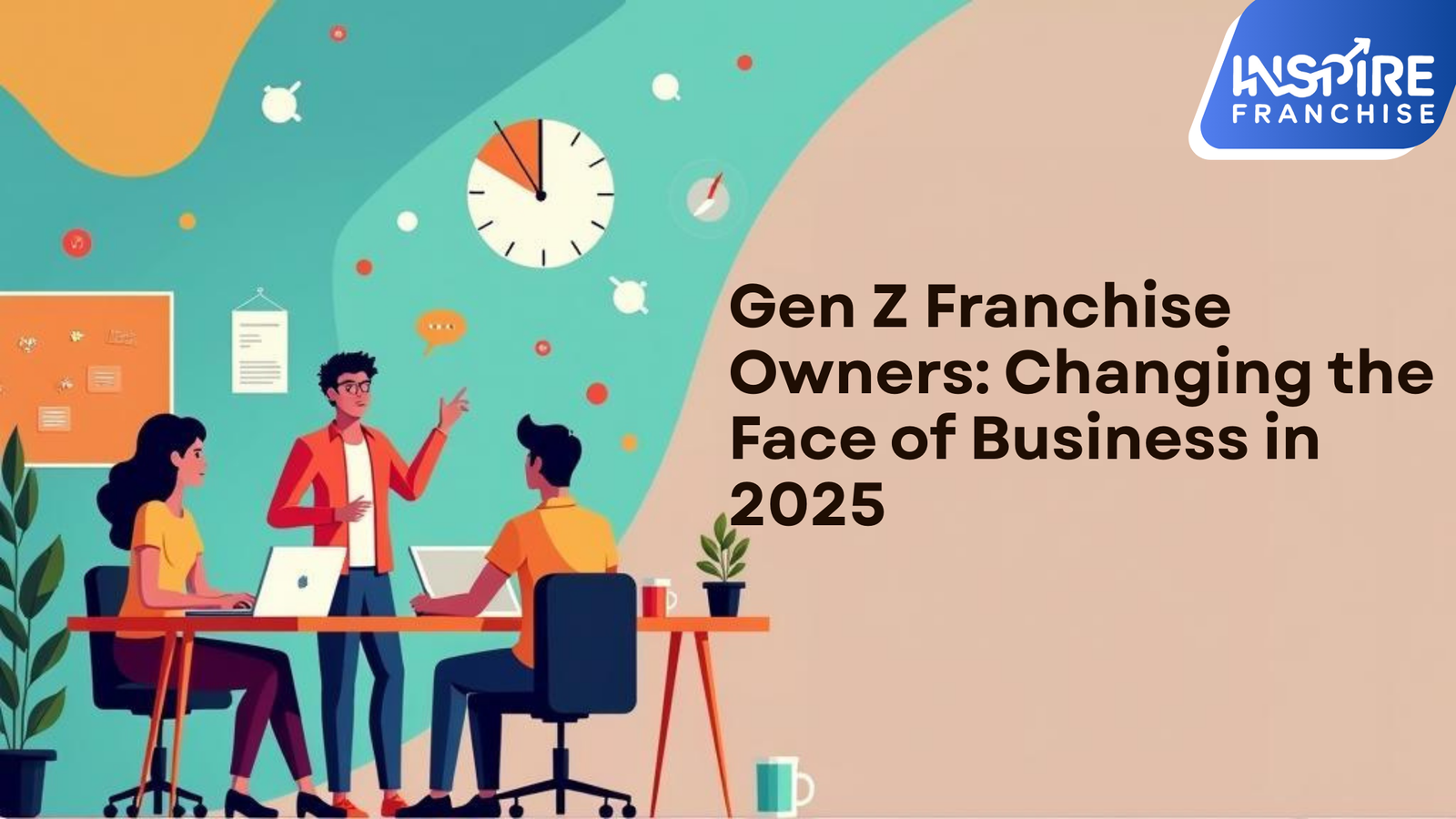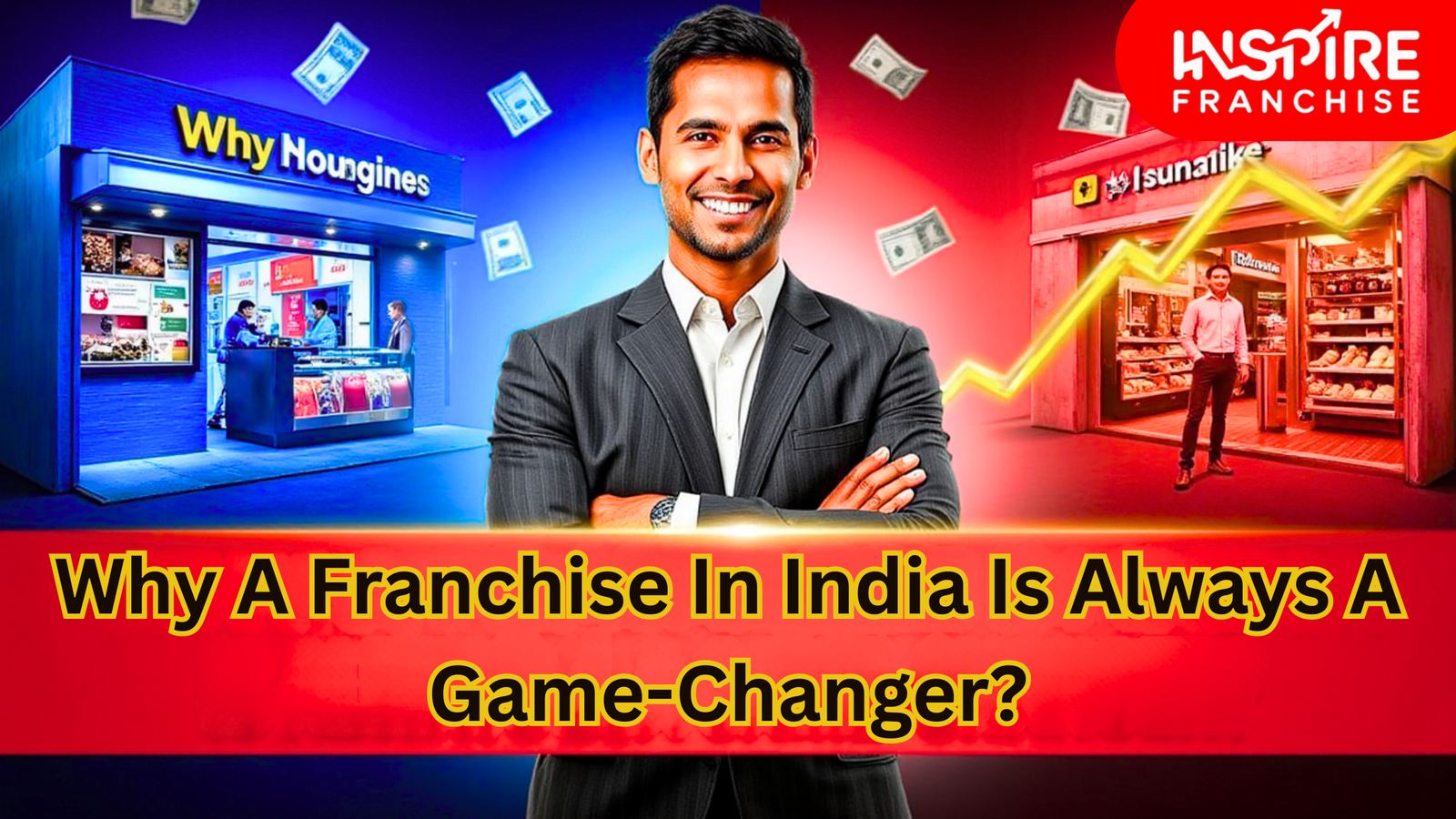🏙️ Introduction: The Urban Pulse of Franchising
India’s economic growth has paved the way for entrepreneurship, and one of the most vibrant aspects of this journey is the booming franchise industry. With a market size expected to reach over USD 140 billion by 2028, franchising in India has become a proven model for scalability and profitability.
At the heart of this expansion lie India’s metro cities—Delhi, Mumbai, Bengaluru, Chennai, Hyderabad, and Kolkata. These cities are not just centers of population and commerce; they are the engines driving franchise growth, offering brands the perfect mix of consumer base, modern infrastructure, and business-ready ecosystems.
Let’s explore how metro cities are a catalyst for franchise success in India, and why every franchise brand—big or small—must consider metro footprints as their strategic launchpad.
🧭 Why Metro Cities Matter in Franchising
1. 🌐 High Consumer Demand & Buying Power
Metro cities boast higher per capita incomes, which translates to more disposable income. Urban populations are more exposed to global brands, services, and lifestyles, making them ideal consumers for premium and niche franchises—from F&B and wellness to luxury retail and edtech.
- Example: Starbucks chose metro cities like Mumbai and Delhi for their initial launches in India, thanks to the affluent and cosmopolitan clientele.
2. 🛣️ Robust Infrastructure & Logistics
Franchises need supply chains, reliable vendors, quality transport, and digital reach. Metro cities offer all of this and more:
- Better road and logistics networks
- Commercial real estate options across business hubs and malls
- Access to cloud kitchens, warehouses, and dark stores for emerging delivery-based franchises
Whether you’re a QSR (Quick Service Restaurant) or a fitness chain, metros provide the backend strength required for smooth operations.
3. 👥 Dense Population & Targeted Audience Segments
Metro cities are densely populated, offering franchises a diverse, segmented market to target:
- Students (education franchises)
- Working professionals (co-working or fitness franchises)
- Homemakers and parents (salon, kids activity zones)
- Youth (fashion, cafes, gaming franchises)
This built-in audience segmentation allows brands to customize campaigns and offerings with greater precision.
🧠 Metro Cities as Innovation Hubs
4. 💡 First Movers & Early Adopters
Urban audiences are often the first to try new trends and services, giving franchises the opportunity to test, improve, and validate offerings before scaling to Tier 2 & 3 cities.
- Example: Wow! Momo perfected its product and operations in Kolkata before expanding nationwide.
5. 📱 Digital Penetration & Tech Integration
Cities like Bengaluru and Mumbai are tech-forward. Franchises leveraging digital apps, loyalty programs, or influencer marketing find metro cities to be highly responsive and tech-friendly.
- Cloud POS, delivery apps, and fintech adoption are higher
- Faster feedback loops through social media and reviews
- Enhanced data collection for improving services
🏢 Business Ecosystem & Support Structure
6. 🧑💼 Skilled Talent & Workforce Availability
Metros offer a large pool of skilled and semi-skilled workers—essential for franchise formats like salons, food chains, training centers, and gyms. Whether it’s trained chefs or IT staff, metros are your recruitment hubs.
- Franchise owners also find better managers, marketers, and service professionals in metros.
7. 🏦 Access to Finance & Franchise Investors
Many metros are also financial capitals—Mumbai, Bengaluru, and Delhi NCR being hotspots for venture capitalists, franchise aggregators, and business consultants.
- Metro cities often serve as franchise expo venues
- Franchise funding schemes and brand partnerships often originate here
8. 📈 Market Visibility & Competitive Edge
Franchises gain brand prestige and visibility by launching in high-footfall metro areas like malls, tech parks, and high streets.
- Example: A new food chain at Phoenix Mall (Chennai or Mumbai) will receive instant recognition due to high visibility
- Competitor activity also helps sharpen brand positioning
🛫 Gateway to National and Global Expansion
9. 🔁 Scalable Expansion Model
If a franchise succeeds in a metro city, it’s often seen as proof of concept, encouraging expansion into Tier 2 and Tier 3 cities. Franchisees in smaller towns feel confident investing in brands that made it big in metros.
- Eg: Naturals Salon, started in Chennai, now operates pan-India thanks to its success in South metro cities.
10. 🌍 Attracting Global Franchises to India
Many international franchise brands use metros as their entry points into India. Global chains like Burger King, Domino’s, and Anytime Fitness tested waters in metros before rolling out pan-India.
- Infrastructure, regulatory ease, and large expat communities make metros the perfect pilot markets
🔚 Conclusion: Metros Are the Foundation of Franchise Growth
Metro cities are not just centers of commerce—they’re the nucleus of modern franchising in India. They provide:
- The right demographics
- Reliable logistics
- Digital maturity
- Business-friendly environments
Franchise owners, both domestic and international, must see metros not only as profit hubs but as brand testing labs and visibility platforms.
While Tier 2 & 3 cities offer long-term growth, metros are the launchpads that define first impressions, customer loyalty, and future scalability.
If you’re considering launching or scaling a franchise in India, your journey must begin in the metros—where visibility, traction, and business insights converge to fuel nationwide success.








